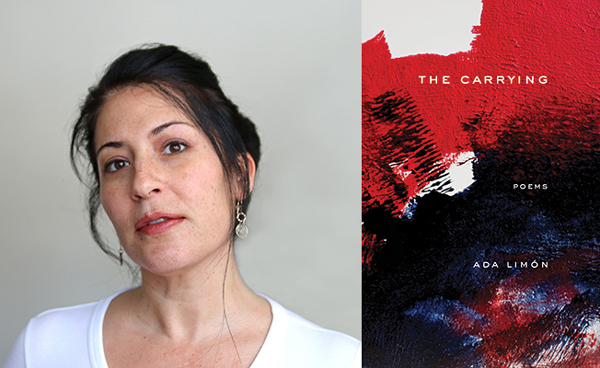
The Elusive Nature of the Hispanic Category
By 2060, 115 percent more Americans will be of Hispanic origin than in 2015. Consequently, pundits identify “the Hispanic vote” as the next frontier for ensuring political success. Political elites have thus scrambled to investigate, quantify, and draw conclusions about this group in any way possible. They have asked Hispanic respondents about their political beliefs on a range of issues — principally, immigration — in an effort to define the policy matters that are most salient to Latinxs in the United States. This analysis propagates throughout campaign teams, interest groups, academia, and journalism, heavily influencing judgments about the allegiances of the Hispanic community. But, a central and largely unacknowledged point about mainstream political discourses regarding Hispanics are the inherent flaws in defining the Hispanic category itself. Because of distinct colonial histories between Latin America and the United States and between different nations within Latin America, the American mainstream cannot and should not…
Link to article


